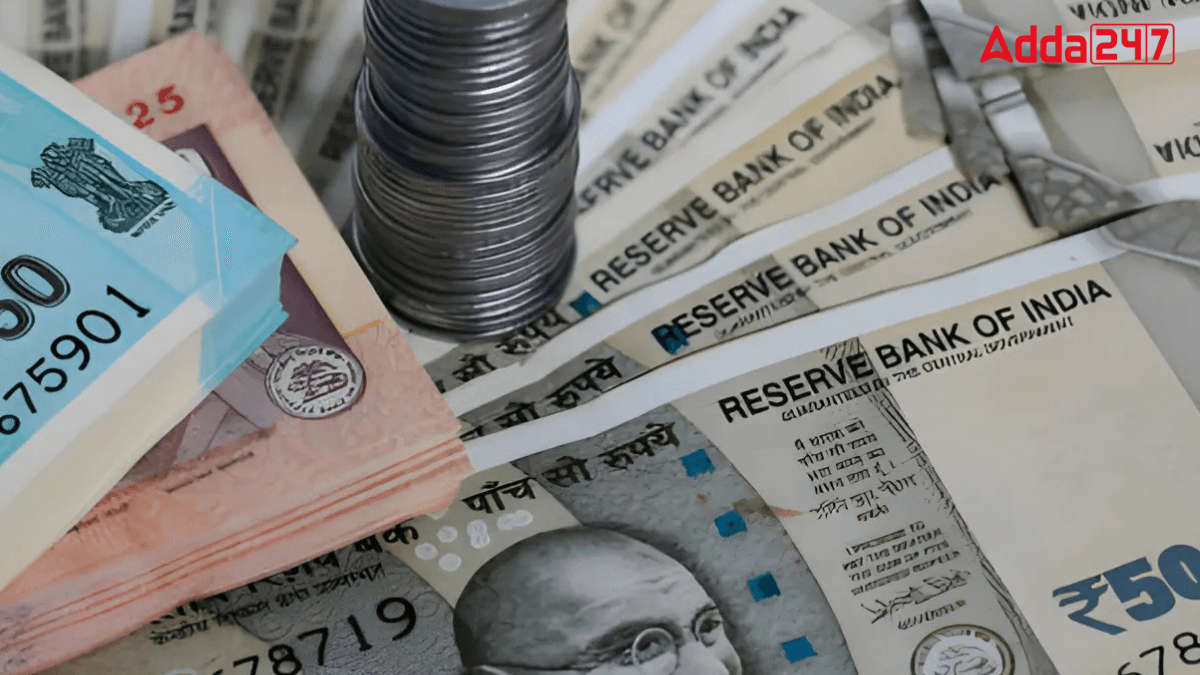The currency of a country is a key part of its identity and economy, used for daily transactions and international trade. It reflects the nation’s history, culture and economy strength. Understanding a currency involves exploring its name, symbol, exchange rates and the types of notes and coins in circulation. In this article, we will discuss all these aspects to provide a clear and simple explanation.
Currency of India
The Indian Rupee (₹) is the official currency of India and holds a deep historical and economic significance. It represents India’s independence and its journey of growth over the years. Managed by the Reserve Bank of India (RBI), the rupee plays a vital role in India’s internal and international economic activities.
Introduction of the Indian Rupee
The Indian Rupee was introduced in 1947 when India gained independence. It is divided into 100 smaller units called paise or paisa. Over time, the currency has evolved in design, security features and denominations to meet the country’s economic needs and combat challenges like counterfeiting.
Denominations of the Indian Rupee
The rupee comes in the form of both coins and banknotes, with a variety of denomination available for use.
Coins:
- 50 paise
- ₹1
- ₹2
- ₹5
- ₹10
- ₹20
Banknotes:
- ₹2 (rarely)
- ₹5
- ₹10
- ₹20
- ₹50
- ₹100
- ₹200
- ₹500
- ₹2000
The design of the rupee notes and coins has been updated over the years to reflect India’s culture and prevent counterfeiting.
Historical Journey of the Rupee
The history of the rupee dates back to the 6th century BCE when ancient Indian kingdoms minted coins called Puranas or Karshapanas, primarily made of silver. The word “rupee” comes from the Sanskrit term rupa, meaning form or shape.
During the Mughal Era, the silver rupee became a standard currency and was divided into 16 smaller units called annas. This practice was adopted by the British East India Company in 1671.
In 1835, the Coinage Act brought uniformity to India’s currency under British rule. By the late 19th century, changes in global trade and precious metal usage led to significantly fluctuations in the rupee’s value.
Rupee in Modern Times
In 2016, a major change occurred when the government demonetized ₹500 and ₹1000 notes to fight black money. New notes, including the ₹200 denomination, were introduced as replacements. The design and security features of the currency have been updated to match modern needs.
Value of the Indian Rupee Globally
The value of the Indian Rupee changes regularly based on factors like trade, investments and economic policies. As of now:
- 1 US Dollar (USD) = ₹84.45
- 1 Euro (EUR) = ₹88.93
- 1 British Pound (GBP) = ₹106.89
- 1 Kuwaiti Dinar (KWD) = 270
The rupee is widely traded in foreign exchange markets and influences India’s international trade and economic health. It is also accepted in neighboring countries like Nepal, where it is pegged to the Nepalese Rupee.
Cultural and Economic Importance
The Indian Rupee is more than a currency. It reflects India’s rich heritage and evolving economy. Its role in internet and international trade highlights its importance in shaping the country’s future. Tracking the rupee’s value against global currencies helps in understanding India’s economic progress.



 Which Country is Known as the Land of Ch...
Which Country is Known as the Land of Ch...
 Which Bird is known as the King of Birds...
Which Bird is known as the King of Birds...
 Which City of Austria is Known as the Ci...
Which City of Austria is Known as the Ci...







